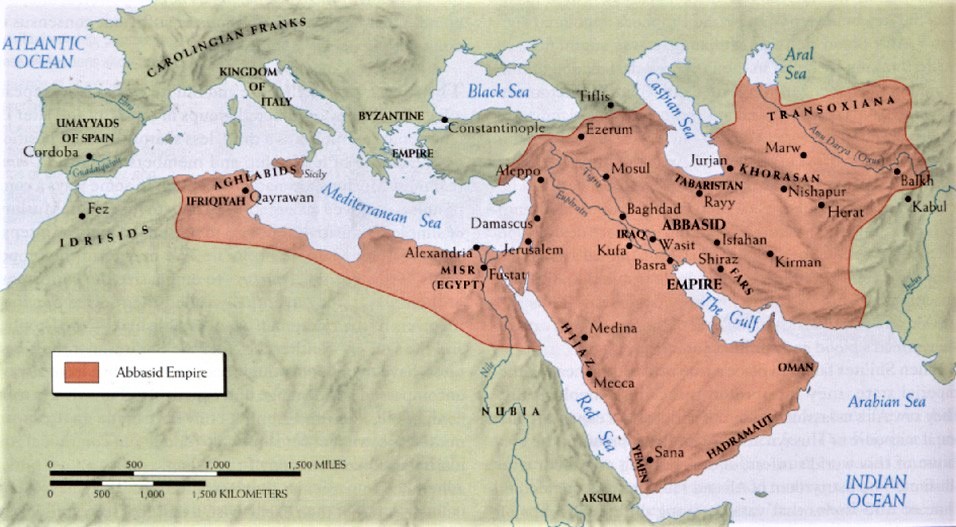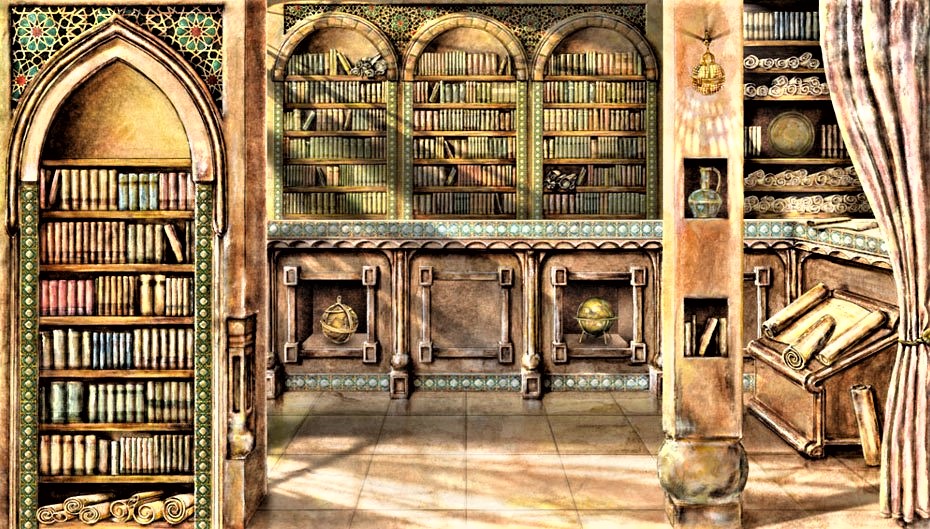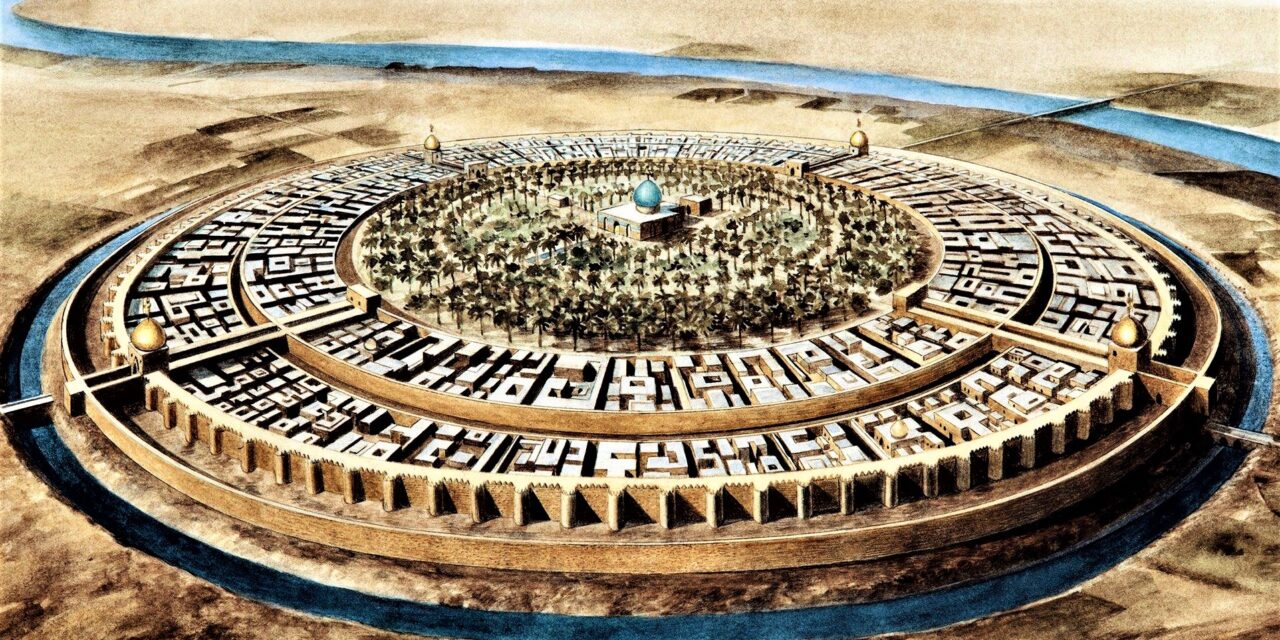Study Guide: Islamic Golden Age
Arabic Science
The Islamic Golden Age began with scholars translating and reproducing the great work of Greece, India and China, and it is only through their efforts that we know as much as we do about those ancient civilizations. Many great writings would have been lost forever if they had not been preserved in Arabic translation.

Science and Technology flourished during the Islamic Golden Age from around 780 CE to 1248 CE. During this time, scholars in the Middle East made great advances in the areas of mathematics, physics, geography, and medicine. Islamic engineers made significant contributions in the areas of optics, mechanics, clocks, wind power, and chemistry. Science and technology advanced during the Islamic Golden Age for several reasons.
- A large region of the world was unified under the Islamic religion. All educated people within this area learned Arabic, the language of the Koran. This enabled people from many different cultures to compare ideas and learn from each other.
- As required by the Koran, the pursuit of knowledge was encouraged by religion and government leaders, and scholars were respected by the people.
- Paper technology was introduced from China, allowing for the production of more books. Large public libraries, often called “The House of Wisdom”, were built in cities throughout the Muslim world allowing technology and knowledge to be widely shared.
Due to these large libraries and many the books produced in the Muslim world, Arabic became the international language of science and learning. Many achievements of the Islamic Golden Age are still used today.

Mathematics and Physics
Islamic scholars studied the mathematics of earlier civilizations, including Greece, India, and China. They then made advances in many areas including geometry and trigonometry.
Perhaps the most important mathematical advancement was in the area of algebra. Two great Islamic mathematicians, al-Khwarizmi and Omar Khayyam, helped develop algebra into a separate field of mathematics. In fact, the name “algebra” comes from the Arabic “al-jabr”, which means “reunion of broken parts.”
Ibn al-Haytham is considered one of the world’s first theoretical physicists. He developed the scientific theory and wrote a famous book on vision and light called the Book of Optics.
Astronomy
Astronomy was used for navigation, calculating time and the calendar, and religious purposes, such as determining the direction toward Mecca. Islamic astronomers built large observatories to view and map the stars. They also designed detailed celestial globes showing the positions of the stars and planets in relation to the Earth. The invented new tools, including the quadrant and astrolabe. The achievements of Islamic astronomers had a significant influence on later astronomers such as Galileo and Copernicus who fought against stubborn superstitions to bring the great insights of Arabic culture to their own communities.

Medicine and Universal Healthcare
Islamic medicine was highly-advanced. Doctors were required to attend medical school where they studied the works of the Ancient Greeks and Indians. Islamic scholars added to this work with new medical theories and ideas.
Most major cities had a large hospital where anyone could go to seek healthcare. One of the largest hospitals in Cairo, Egypt was said to help 4,000 patients a day.
One of the most lasting influences of Islamic medicine was a medical book written by Ibn Sina called The Canon of Medicine. For many centuries, it was the standard medical textbook throughout the Islamic world and Europe.
Engineering
Due to the scarcity of fresh water in the Middle East, Islamic engineers developed novel ways to store and move water. They built dams, irrigation canals, waterwheels, pumps, aqueducts, and cisterns. They also invented ways to measure water volume and control its flow.


